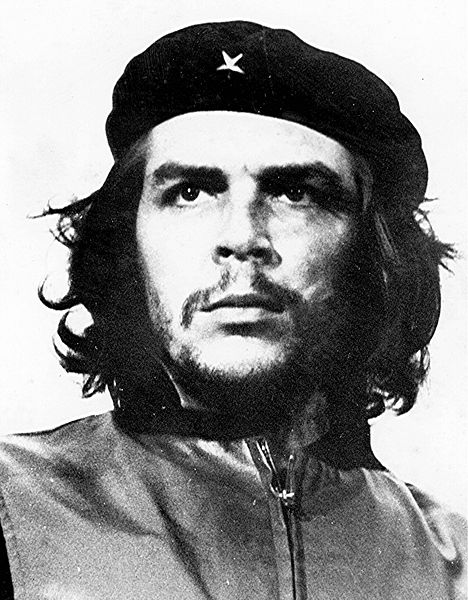Lawrence W. Reed | October 8, 2019
Think twice about adding a Che Guevara T-shirt to your Christmas giving this year.
Let’s say that all you knew about Adolf Hitler was that he painted scenic pictures, postcards, and houses in Vienna, loved dogs and named his adorable German Shepard “Blondie,” and frequently expressed solidarity with “the people.” You might sport a T-shirt adorned with his image if you thought such a charismatic chap was also good-looking in a beret. But your education would be widely regarded as incomplete.
If you later found out that the guy on your T-shirt was a mass murderer, you might ask your oppression studies professor why she left out a few important details.
This hypothetical resembles a real-world phenomenon seen today on numerous college campuses. Fifty-two years after his demise in Bolivia—on October 9, 1967—the maniacal socialist Ernesto “Che” Guevara is still making
headlines and spoiling perfectly good clothes.
Click link above for full article.



